The Journey of Self-Discovery: Embracing the Acorn Within
In Jungian therapy, I often share with patients the metaphor of a dormant “acorn” within each of us. This acorn inherently knows the kind of oak it wants to become but needs the right conditions—sunlight, water, and soil—to grow into its full potential. Many of us, however, cease to listen to our acorn at some point in our lives, becoming too scared, overwhelmed, or resigned. As a result, most people remain saplings, never fully realizing their potential.
I believe there is a map within each of us, pregnant with the potential of what we want to become. Much of this map is unavailable in early life because we cannot yet distinguish ourselves from the world around us. As children, we see ourselves as parts of larger entities—family, school, and fictional stories. We cannot separate our own identity from these influences. For instance, my two-year-old daughter, having watched “The Lion King” multiple times during quarantine, now refers to our pond as the watering hole and tells her mother she’s “messing up her mane.”
Adolescence is the process of separating the self from these inherited parts. Adulthood involves replacing these parts with ones that resonate with our true identity. We must learn what we have inherited from our families and cultures that do not serve us. Once identified, we need to replace these inherited parts with something of our own making.
The Trauma of Growing Up
As children, we do not choose our identity. We are told that “boys don’t cry” and “bedtime is at seven o’clock.” We learn through rewards and punishments the acceptable behaviors and boundaries, such as not peeing wherever we want or not throwing rocks. These rules, which reshape our natural state, are traumatic experiences that mold our sense of self. As we grow, we become more accustomed to this reshaping process.
We inherit numerous rules, traumas, and constraints from our families, which are often inevitable and do not necessarily indicate neglect or abuse. Personality development itself is a form of trauma. Parents tell us who God is, what a responsible adult does, and what is considered good or bad. Many patients are more affected by the absence of rules rather than their presence, feeling ashamed for not knowing basic life skills like budgeting, self-respect, or independence. I remind them that “we only have the tools our families give us or that we find.”
We are born with no ability to make rules or to know ourselves separate from our tribes and systems. We must initially accept the rules and restrictions imposed by our parents, even if we question them. Sorting through these rules to identify which ones align with our true selves is the privilege and project of later life. Those who ignore this process never fully realize their potential, never becoming the oak tree they are meant to be. Growth begins when we identify rules that do not define us, and we face the challenge of creating our own.
The Role of the Shadow in Self-Discovery
As teenagers, we begin sorting through our inherited rules, often mindlessly breaking them to assert our individuality. Patients with neglect or abuse in their families may find this task overwhelming, having to discard every rule their families imposed or failed to provide. These individuals start from scratch, deeply disadvantaged.
This lifelong project of self-discovery is guided by what Jung called the “archetype of the self,” our internal tree, the organizing principle of who we are. This self is a constant work in progress, always slightly incorrect and incomplete. The self-image we maintain is often in denial of parts of ourselves we do not wish to claim.
These disowned parts of ourselves constitute our shadow. They include aspects that break our self-archetype rules and those that challenge our perceptions of the world. Confronting the shadow is an essential part of personal growth. It involves integrating parts of ourselves and the world that we have repressed because they threaten our sense of self.
Integration of the Shadow
In dreams, the shadow often appears as threatening figures or situations. Our reactions to these shadow elements mirror our coping strategies in life. For example, individuals who have disowned their aggression may dream of fierce beasts in hidden spaces. Patients with imposter syndrome might dream of being in places they do not belong, while those on the brink of self-discovery may dream of gardening.
We also encounter the shadow in others. When we react disproportionately to someone, it often reflects parts of ourselves we have rejected. Jungians refer to this as shadow projection, where we force others to hold parts of ourselves we are not ready to acknowledge.
There are two aspects of the shadow: the “self shadow” and the “world shadow.” The self shadow contains disowned parts of ourselves, while the world shadow encompasses harsh realities we find too overwhelming to accept. The integration of the world shadow often triggers profound crises of faith, as it forces us to confront the indifference and injustice of the world.
Therapy and Growth
In therapy, especially during trauma processing, patients may resist acknowledging painful truths about their experiences. The self shadow and world shadow often emerge during these sessions, presenting a challenge for patients to integrate these parts into their self-concept. Growth requires embracing these shadows, accepting the painful realities they represent, and allowing our sense of self to evolve.
Growth is inherently traumatic. To become a larger, more complete self, we must “eat the shadow,” allowing parts of our current self to die to make room for new growth. This process, akin to weeding a garden, is resisted by our ego, which fears the death of its current form. However, by embracing this painful process, we continue to grow and evolve throughout our lives.
By acknowledging and integrating our shadows, we expand our capacity for self-awareness and authenticity. This journey, while challenging, leads to a more profound understanding of ourselves and our place in the world. Through this continuous process of growth and self-discovery, we move closer to becoming the oak tree we are meant to be.
Bibliography
Jung, C. G. (1968). The Archetypes and the Collective Unconscious. Princeton University Press.
This seminal work by Carl Jung explores the concept of archetypes, including the archetype of the self, which guides the journey of self-discovery discussed in the text.
Johnson, R. A. (1986). Inner Work: Using Dreams and Active Imagination for Personal Growth. HarperOne.
Richard Johnson discusses practical techniques, including dream work and active imagination, for exploring and integrating the shadow aspects of the self.
Hollis, J. (1999). Creating a Life: Finding Your Individual Path. Inner City Books.
James Hollis explores the process of individuation and the journey towards discovering and realizing one’s true self, drawing heavily on Jungian psychology.
Ford, D. (2008). The Dark Side of the Light Chasers: Reclaiming Your Power, Creativity, Brilliance, and Dreams. Riverhead Books.
Debbie Ford addresses the concept of the shadow self and provides practical exercises for embracing and integrating the disowned aspects of oneself.
Neumann, E. (1955). The Origins and History of Consciousness. Princeton University Press.
Erich Neumann’s work delves into the development of consciousness and the stages of psychological growth, offering insights into the transformative journey of self-discovery.
Further Reading
Pearson, C. S. (2002). Awakening the Heroes Within: Twelve Archetypes to Help Us Find Ourselves and Transform Our World. HarperOne.
Carol S. Pearson explores twelve archetypes and their role in personal growth, providing a framework for understanding and navigating the journey of self-discovery.
Mitchell, S. A., & Black, M. J. (1995). Freud and Beyond: A History of Modern Psychoanalytic Thought. Basic Books.
This comprehensive book traces the evolution of psychoanalytic theory beyond Freud, offering perspectives on the development of self-awareness and psychological integration.
Lachman, G. (2021). The Return of Holy Russia: Apocalyptic History, Mystical Awakening, and the Struggle for the Soul of the World. Inner Traditions.
Gary Lachman explores themes of spiritual awakening and the integration of the shadow within the broader context of cultural and historical transformation.
Tartakovsky, M. (2016). The Inner Self: Jungian Psychology and Spiritual Aspects. Routledge.
This book examines Jungian psychology in relation to spiritual development, providing insights into the intersection of inner growth, identity, and spirituality.
Moore, T. (1992). Care of the Soul: A Guide for Cultivating Depth and Sacredness in Everyday Life. Harper Perennial.
Thomas Moore discusses the importance of soulful living and nurturing the inner life, offering perspectives on self-discovery that integrate psychological, spiritual, and philosophical dimensions.

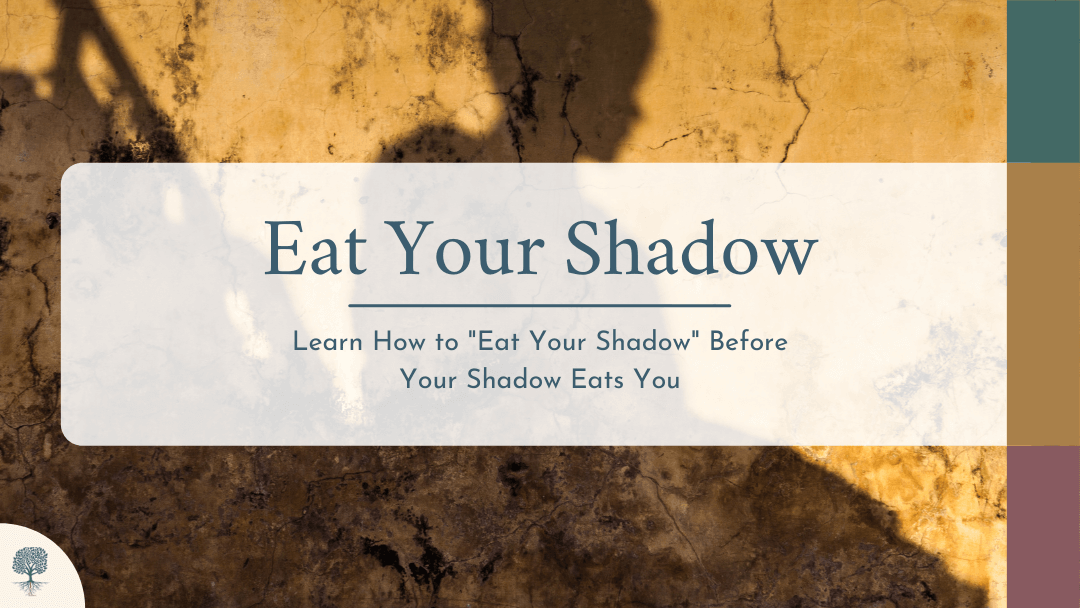

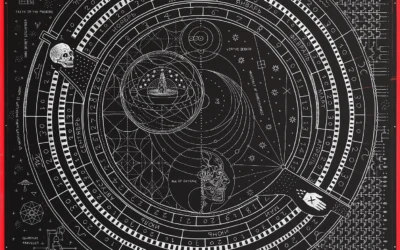
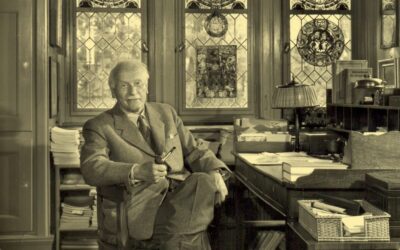
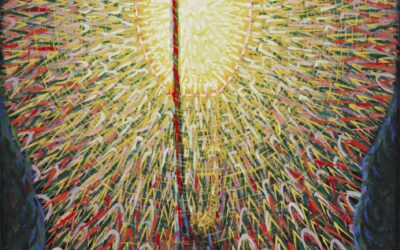
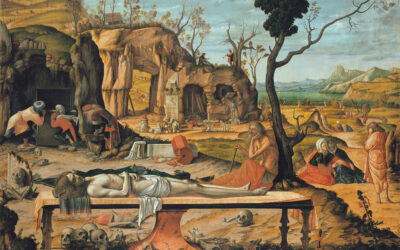


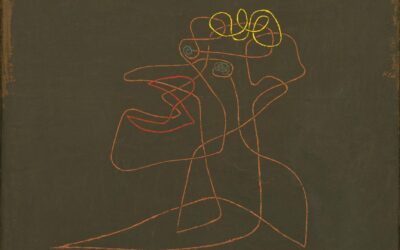

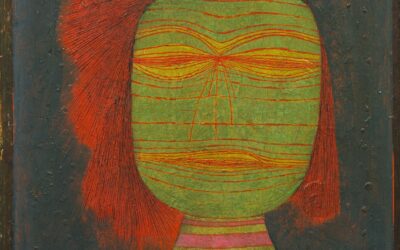
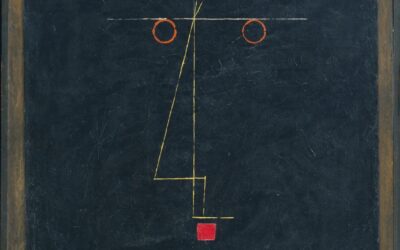
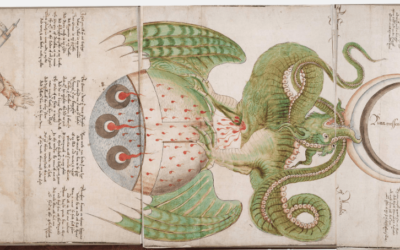







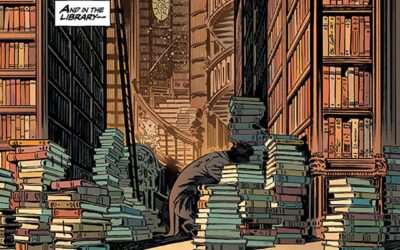



0 Comments